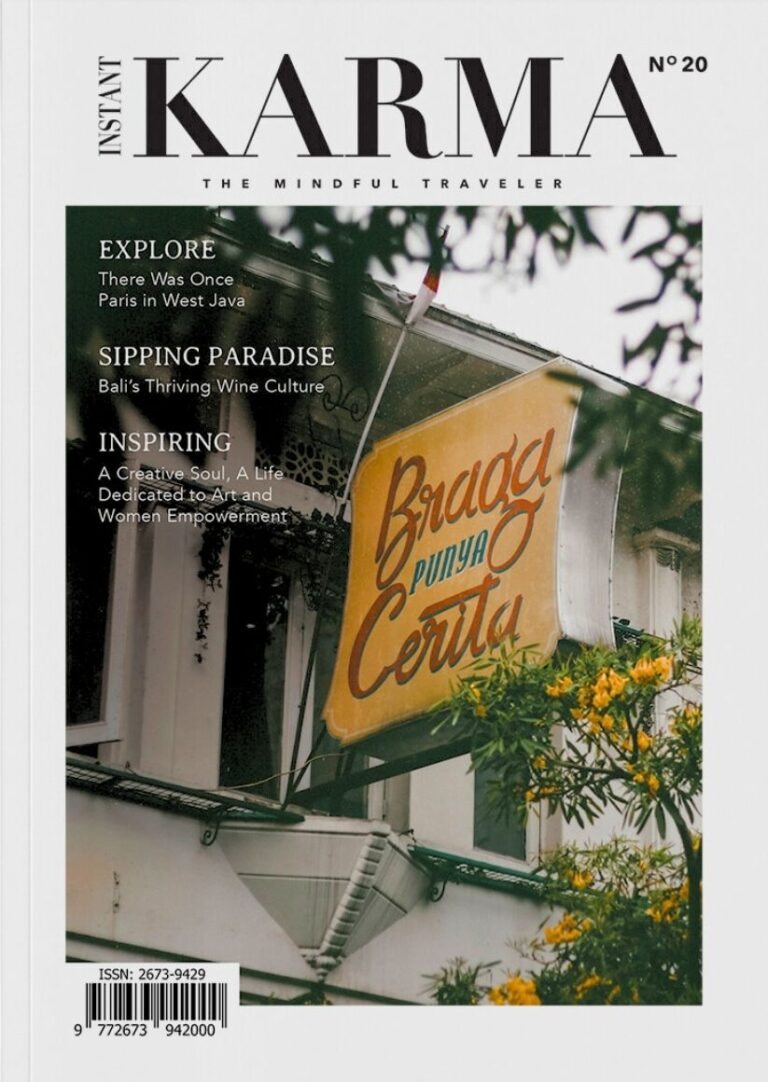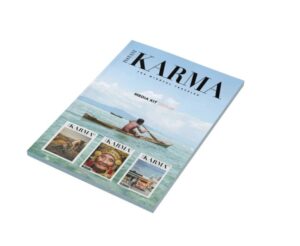As casual travellers of today remember Bandung, it is a city to seek refuge from the heat of Jakarta—both literally and metaphorically. The air is cool (being surrounded by mountains), shaded with trees, a bit old-fashion-y with some old colonial buildings still standing, and it’s a great place to shop on budget.
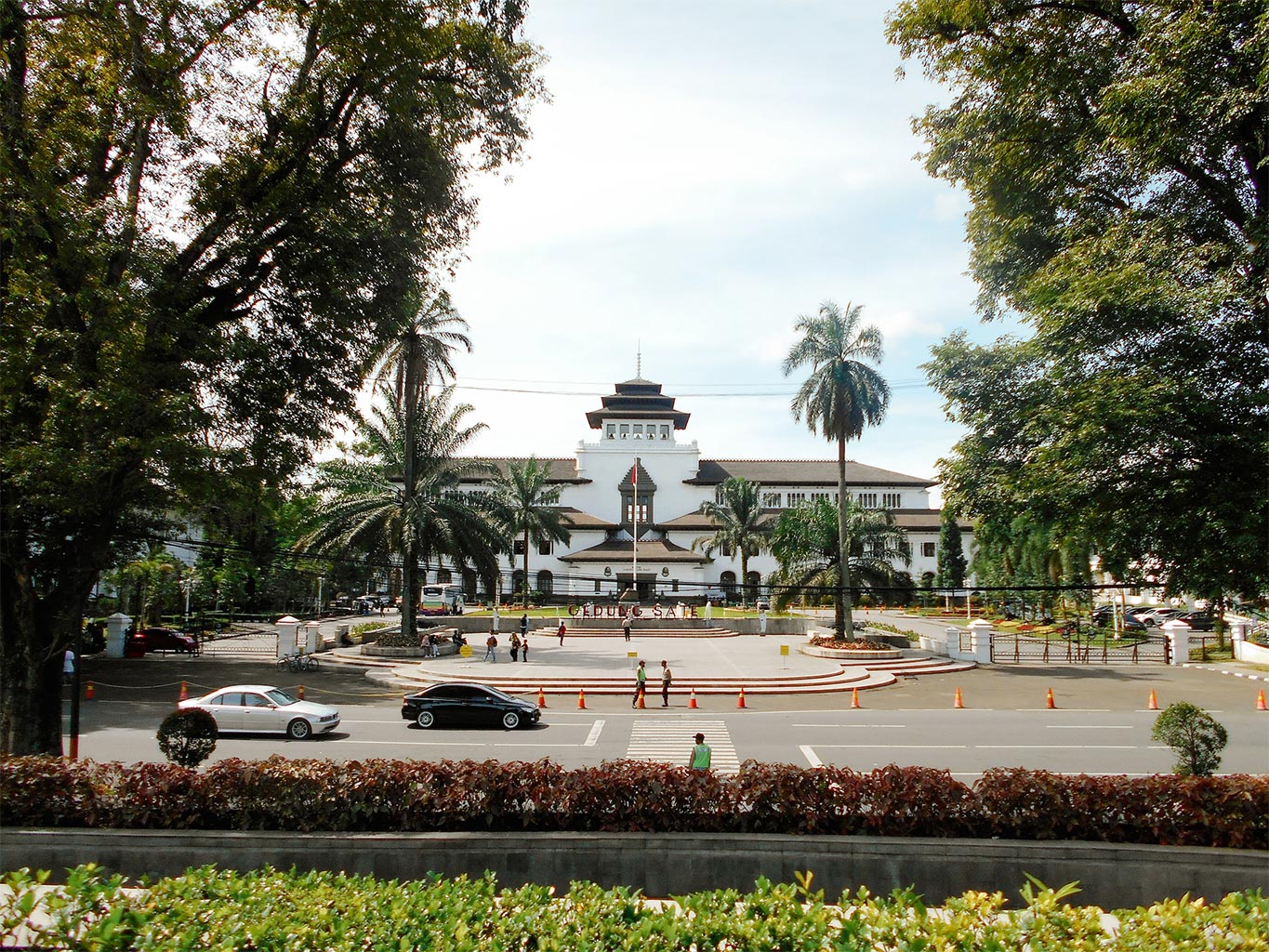
The latter is represented by the renowned Cihampelas street, or Denim Street, where rows of eye-catching, a bit cowboy-ish decorated shops selling inexpensive yet quality jeans are on display. They sell other stuff too, of course; just walk into the various factory outlets to find any kinds of streetwear you need.
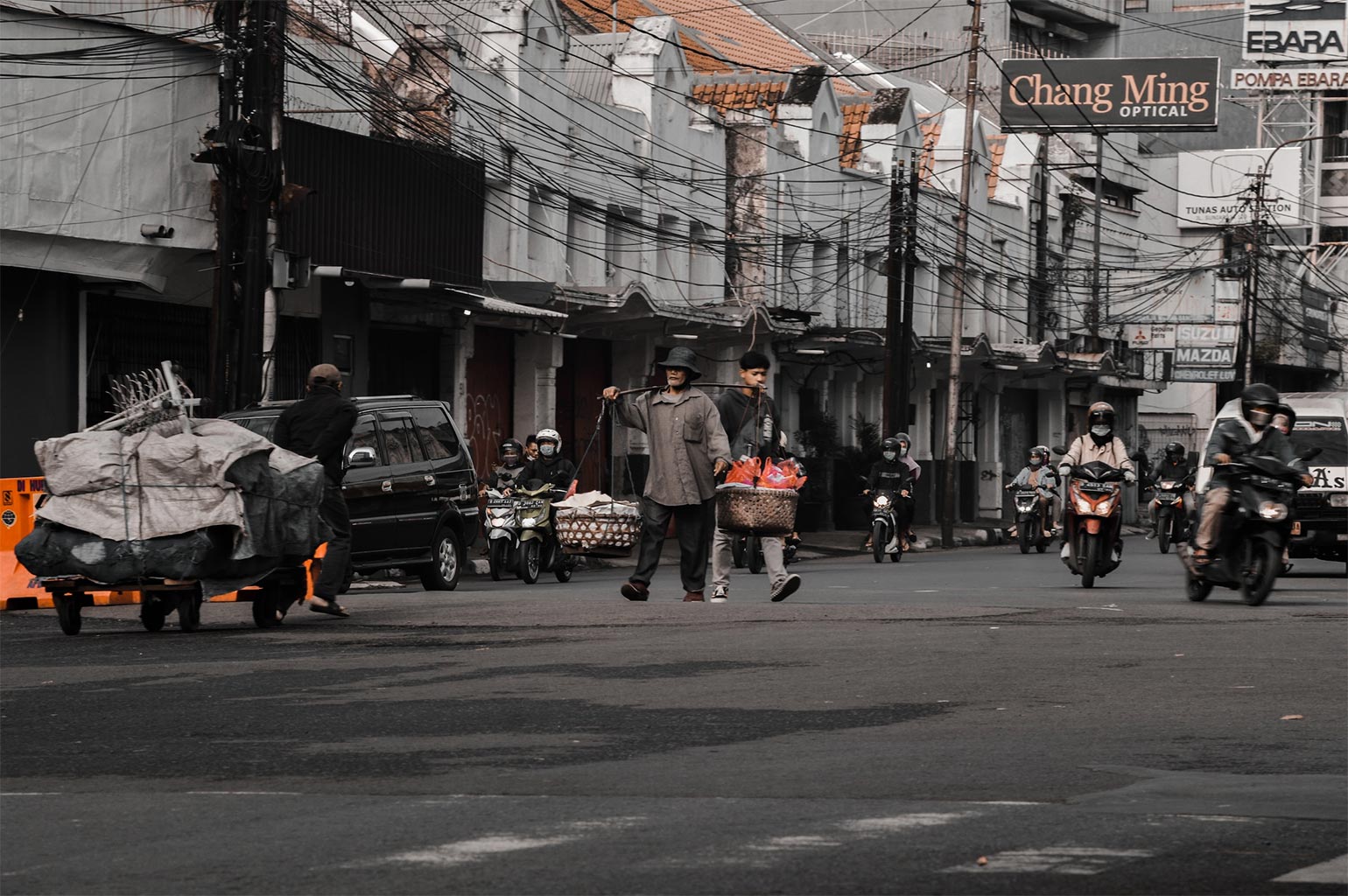
Today, it’s hard to imagine there was a more romantic side of this capital of West Java. A romantic façade that earned its nickname of the past: Parijs Van Java.
Parijs Van Java – Bandung
Back in those days, Bandung was, and some would say still is, a fashionable city. Home to the Sundanese people, Bandung was initially designed as a residential center for Dutch plantation owners; a prototype of a “colonial town” as evidenced by its art deco-styled buildings and flowery parks.
To boost visitors, the city planners then started their makeover of the town so that it resembles a European city. Especially so in the street of Braga where fashion-forward socialites come to shop inside the various high fashion shops available. From one shop, others follow suit. It’s a gentrification process of sort.
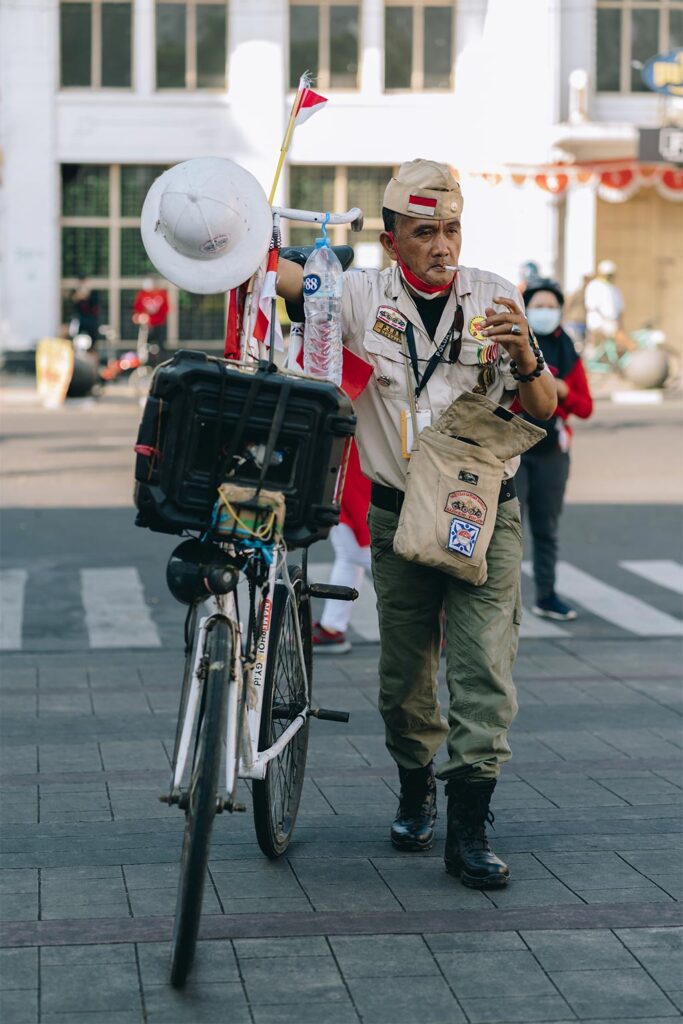
The nickname Parijs Van Java was touted at the Congress Internationaux d’Architecture Modern that was held at the Chateau de la Sarraz in Switzerland on June 1928. Although according to the book The History of Bandung: From Bergdessa (quiet village) to Bandung, it was the architect, Hendrik Petrus Berlage, the father of modern art in Holland, who first mentioned the name, though allegedly not with love as it was tinged with cynicism as he viewed the town’s architecture was developed without any incorporation of local influences.
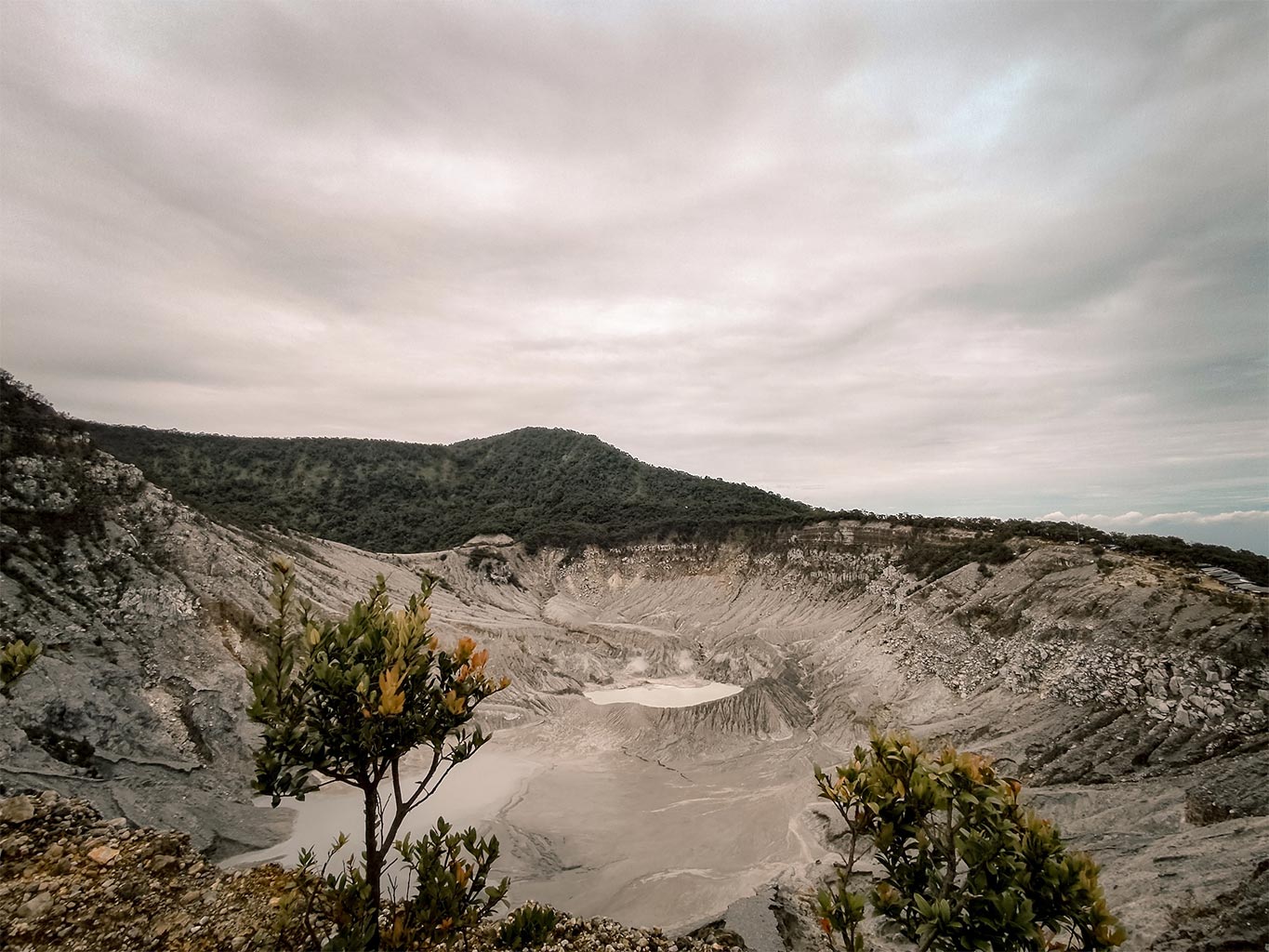
But from the early 19th century, Bandung flourished. It was a popular holiday destination divided into uptown and downtown trips. Downtown are the chic and fashionable streets of Braga alongside Dago and Cihampelas; while uptown points to the cooler Lembang area and higher up you’ll reach the mountain of Tangkuban Perahu, probably the most popular mountain in Bandung. The name derives from its shape of an upside-down boat and its backstory links to the Sundanese folklore of Sangkuriang.
Sea of Fire
It grew so much in popularity that there were talks of moving the capital from Batavia (or Jakarta) to Bandung. Alas, it was not meant to be because then the fight for Independence was brewing and Bandung was one of the last strongholds of the local fighters.
After realizing they were outnumbered by the ally troops, represented here by the British who came after the collapse of Japan occupation, in 1946 the local fighters decided to burn the south of Bandung (the north was already captured at that point) to prevent the them gaining control of the area. Thus the famous moment in history that was called Bandung Lautan Api, or Bandung the Sea of Fire, that was further eternalized by a rousing song of the same name by famous Indonesian composer, Ismail Marzuki.
Creatively Cool
With the colonials out of the picture, the city of Bandung still thrives. Like any other city, traffic is a growing problem since the city’s roads are short and a bit criss-crossey. Recently a bullet train called Swoosh launched and it will swooshed you from Jakarta to Bandung in only thirty minutes.
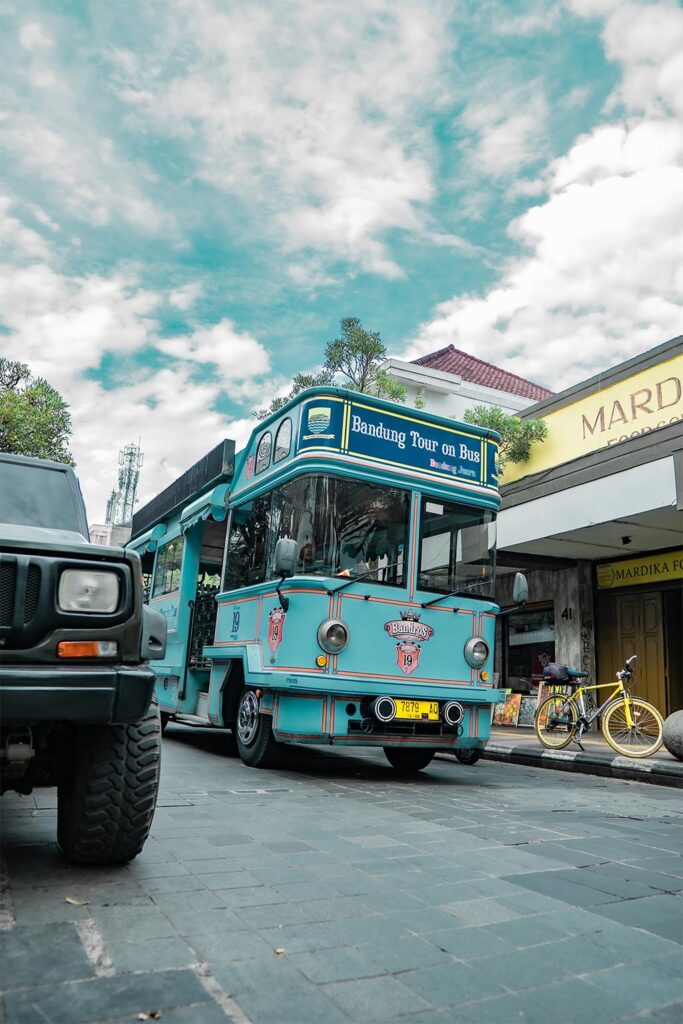
But some of the charm remains. Bandung can still be considered as the epicenter of West Java; it is the “capital” of Parahyangan, the umbrella name given to the mountainous regions in West Java where the Sundanese who makes up the population of the province lives, which includes Cianjur, Sukabumi, Sumedang, Purwakarta, Garut, and Tasikmalaya. The etymology of Parahyangan itself means “tempat tinggal para hyang” or home of the gods.
The denim street still exists for you to rummage through their numerous denim collection, as do the many locally owned factory outlets, interspersed with the perfunctory cafes and coffeeshops that goes all way to the highland of Lembang.
Braga Street
The street of Braga, though, has been transformed once more. From fashionable street to artsy street: in the early 2000s, seeing how quiet the street has become, a local painter, Abah Ropih Amantubilah, had the foresight to turned it into an artist-friendly avenue where fellow painters can exhibit their artworks by the side of the street. Eventually, Bang Ropih, as he is lovingly called, built his gallery on the street called Rumah Seni Ropih.
We had a brief conversation with the late artist’s grandson, Rizkan Gumilang Sutaryat, who also got infected with the art bug. Other than being a painter and sculpturer, he also leads the management of the art gallery.
Can you tell us why Bang Ropih decided to transform Braga Street?
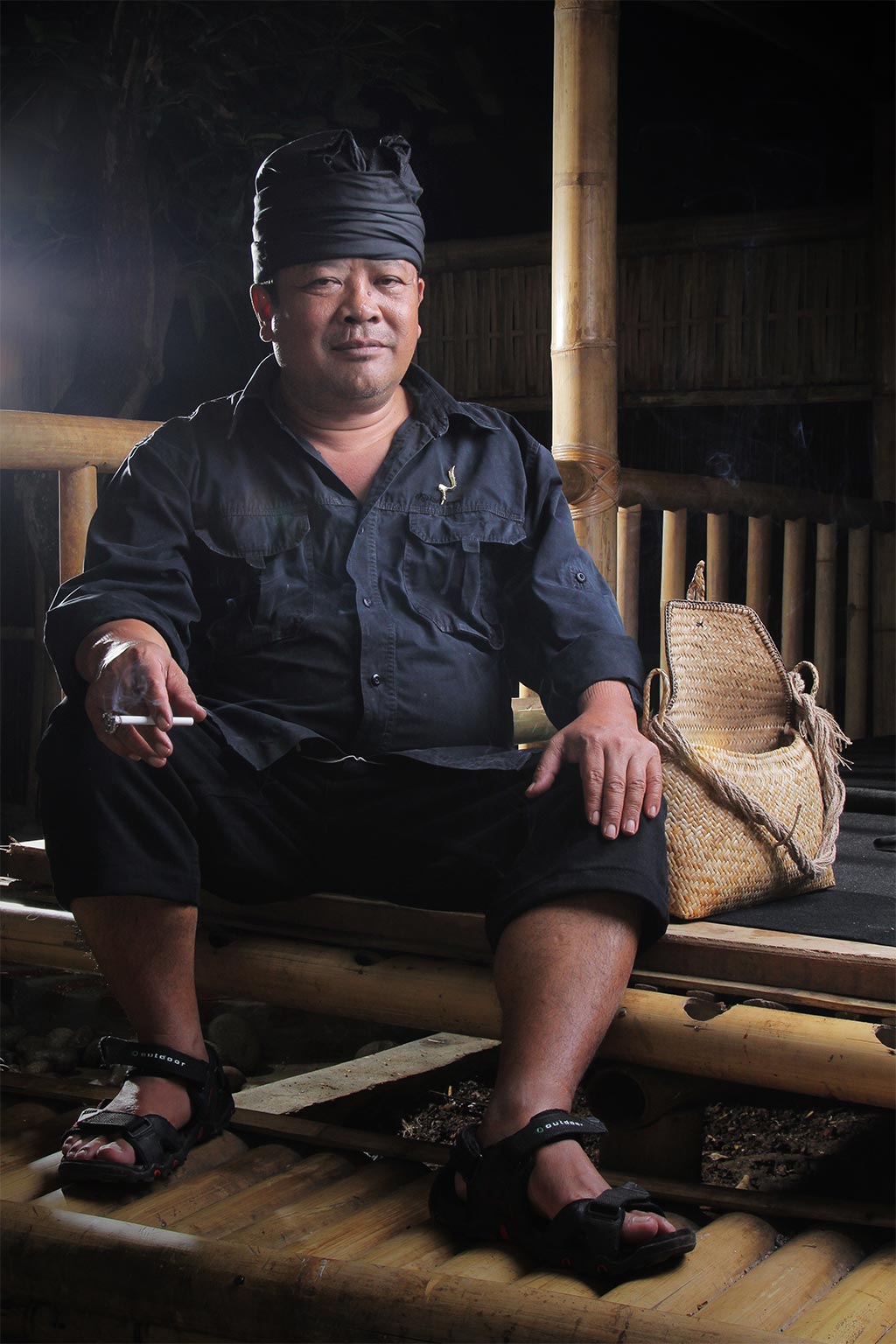
In the 2000s, Bang Ropih started to sell his artwork in Braga. At the time the street was a bit deserted and many shops were closed. So he moved in to one of the closed shops and put up his paintings. Then he followed it up with holding street exhibitions and a sort of painting workshop on the street. So that’s when he began to create this new scene in Braga.
How did he start as an artist?
He was actually a teacher first, teaching junior and senior high school. Then he went home and started doing his painting as a hobby. He would often go to many arts and cultural events which he would also participate by displaying his paintings.
What were the initial responses to the changes in Braga and were there any support by the local government?
The following years sales were increasing and gradually shops started to reopen again because many people from out of town were coming in. The government was supportive; they allow the artists to sell their paintings on the street, whereas before they never gave that permission and was often holding raids.
So what was the thought process behind the opening of his own art gallery, Rumah Seni Ropih?
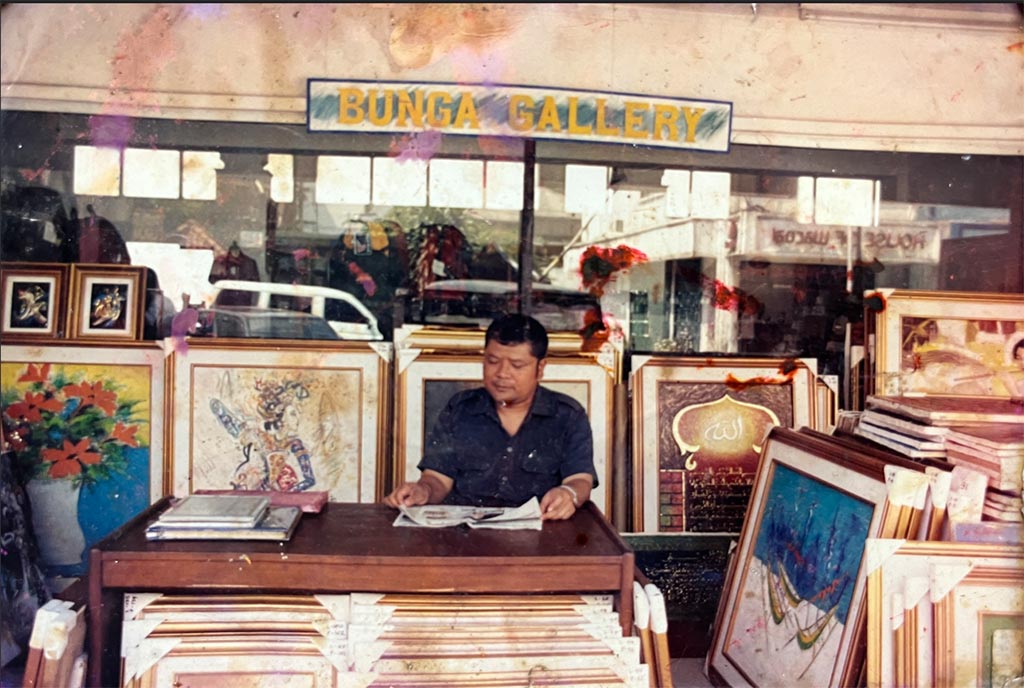
Rumah Seni Ropih opened in 2011, and previously it was called Bunga Art Gallery. Bang Ropih founded the gallery because he wanted it to be a medium for his artist family to explore all sorts of art activities, and the physical gallery itself to make the access for sale easier. Rumah Seni Ropih was his dream because, as a teacher, he wanted to introduce and teach art not only to his children and grandchildren but also to the public at large.
For more, go to their Instagram @rumahseniropih


